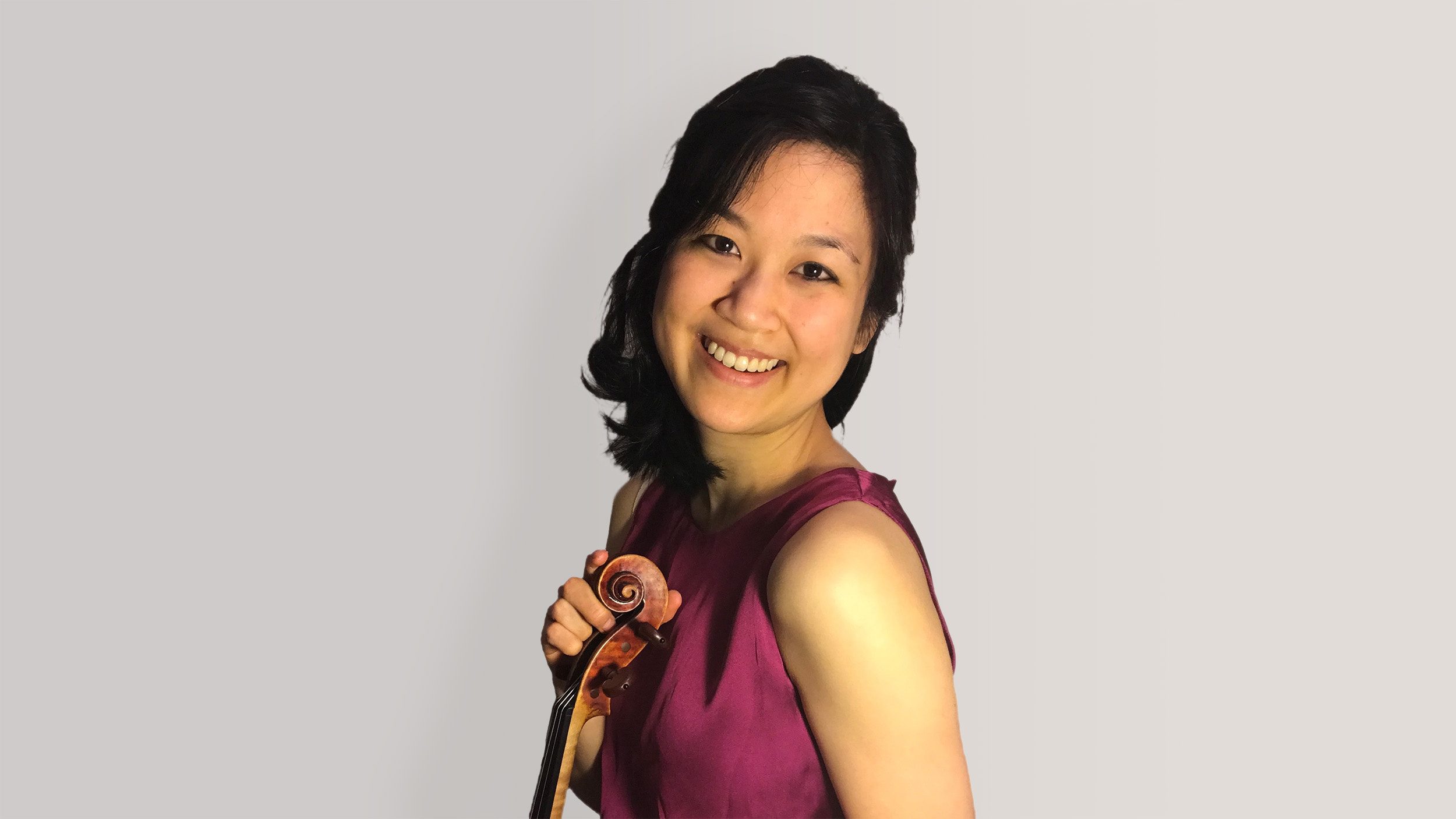Scottish Influence


Scottish Influence
Program
Saturday, March 22, 2025, 7:30 p.m.
Jack H. Miller Center for Musical Arts, Hope College
Johannes Müller Stosch, Music Director and Conductor
Hebrides Overture, Op. 26, “Fingal’s Cave”
Felix Mendelssohn (1809-1847)
Introduction and Rondo Capriccioso, Op. 28
Camille Saint-Saëns (1835-1932)
Letitia Jap, violin
“Andante moderato” from String Quartet in G major
Florence Price (1887-1953)
Symphony No.3 in A major, op.56 “Scottish”
Felix Mendelssohn (1809-1847)
Andante con moto - Allegro un poco agitato
Vivace non troppo
Adagio
Allegro vivacissimo — Allegro maestoso assai
The "Scottish Influence" concert will be performed on Saturday, March 22, 2025, 7:30 p.m. at the Jack H. Miller Center for Musical Arts, Hope College, conducted by Johannes Müller Stosch, Music Director. The concert open's with Felix Mendelssohn's musical depiction of The Hebrides and concludes with his Scottish Symphony will be Florence Price's beautiful Andante Moderato for strings will be followed Camille Saint-Saëns's Introduction and Rondo and Capriccioso, performed by Letitia Jap, violinist.
Tickets are $29 for adults and $10 for students through college.
Learn more about the music…
We will be hosting not only the Classical Chat series at Freedom Village, but also Pre-Concert Talks! Details below:
Classical Chats at Freedom Village: These informative and fun talks are led by Johannes Müller-Stosch and take place at 3:00pm on the Thursday before each Classics concert. (Freedom Village, 6th Floor Auditorium, 145 Columbia Ave.)
Pre-Concert Talks: These talks, led by Johannes Müller-Stosch and Amanda Dykhouse, are online under the "Pre-Concert Talk" Tab.
New to the Symphony? Check out the Frequently Asked Question page…
Parking Map at the Miller Center
Holland Symphony Orchestra will reserve and monitor Lot 40 for handicapped parking. The faculty parking lots are available for parking after 5pm

Details
- Date:
- March 22, 2025
- Time:
-
7:30 pm - 9:00 pm
- Cost:
- $29
Venue
- Jack H. Miller Center for Musical Arts at Hope College
-
221 Columbia Ave.
Holland, MI 49423 United States + Google Map
Organizer
- Holland Symphony Orchestra
